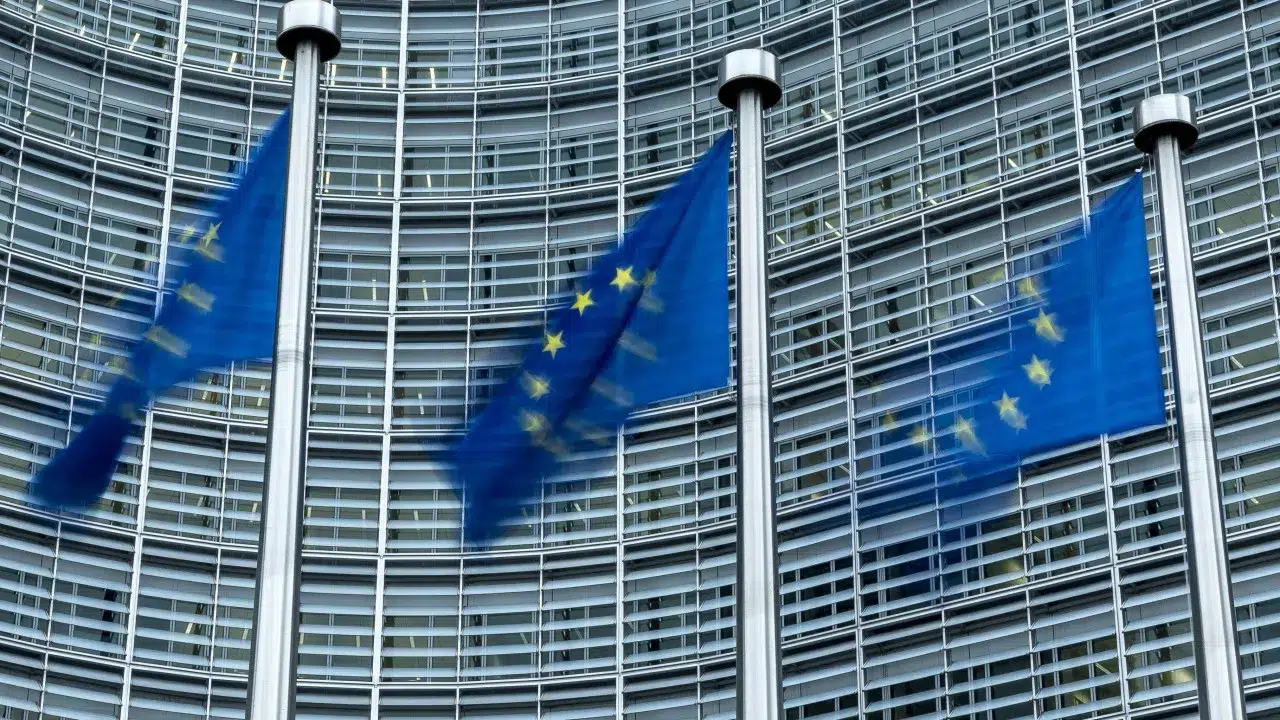
“Portugal submitted the seventh payment request under the Recovery and Resilience Facility [RRF] on June 26. It also presented a specific PRR revision on July 18, which is currently under evaluation,” stated an official source of the institution in a written response.
The source from the European Commission reminded EU member states to continue reviewing their PRRs “as quickly as possible to ensure that all milestones and targets can be implemented by the deadline of August 31, 2026,” the date by which all planned reforms and investments in the plans must be executed.
“Member states should explore the replacement of measures that cannot be met by the deadline to safeguard their PRR allocation,” it suggests.
The European Commission even proposes that “projects – for instance, investments – that cannot be completed by the end of August 2026 under the RRF should be removed from the national recovery plans.”
“They can then be transferred and funded through one of the national cohesion programs, provided they meet cohesion criteria and the country still has the necessary budget available under the relevant program,” an official source of the institution further states.
At the end of last June, Portugal submitted to Brussels the seventh PRR payment request, which includes milestones and targets associated with 21 investments and five reforms.
Earlier that month, the European Commission requested EU countries to review their PRRs to include only feasible measures by August 2026, with payments concluding in December that year.
At that time, the European Commission urged Portugal to speed up the PRR implementation for a “timely completion” of scheduled reforms and investments, with about half of the milestones still to be achieved.
In total, the Portuguese PRR is valued at 22.2 billion euros, including 16.3 billion euros in grants and 5.9 billion euros in loans from the Recovery and Resilience Facility, dedicated to 376 investments and 87 reforms.
Currently, the country has already received 8.49 billion euros in grants and 2.9 billion euros in loans, and the plan’s implementation rate is 33%.




